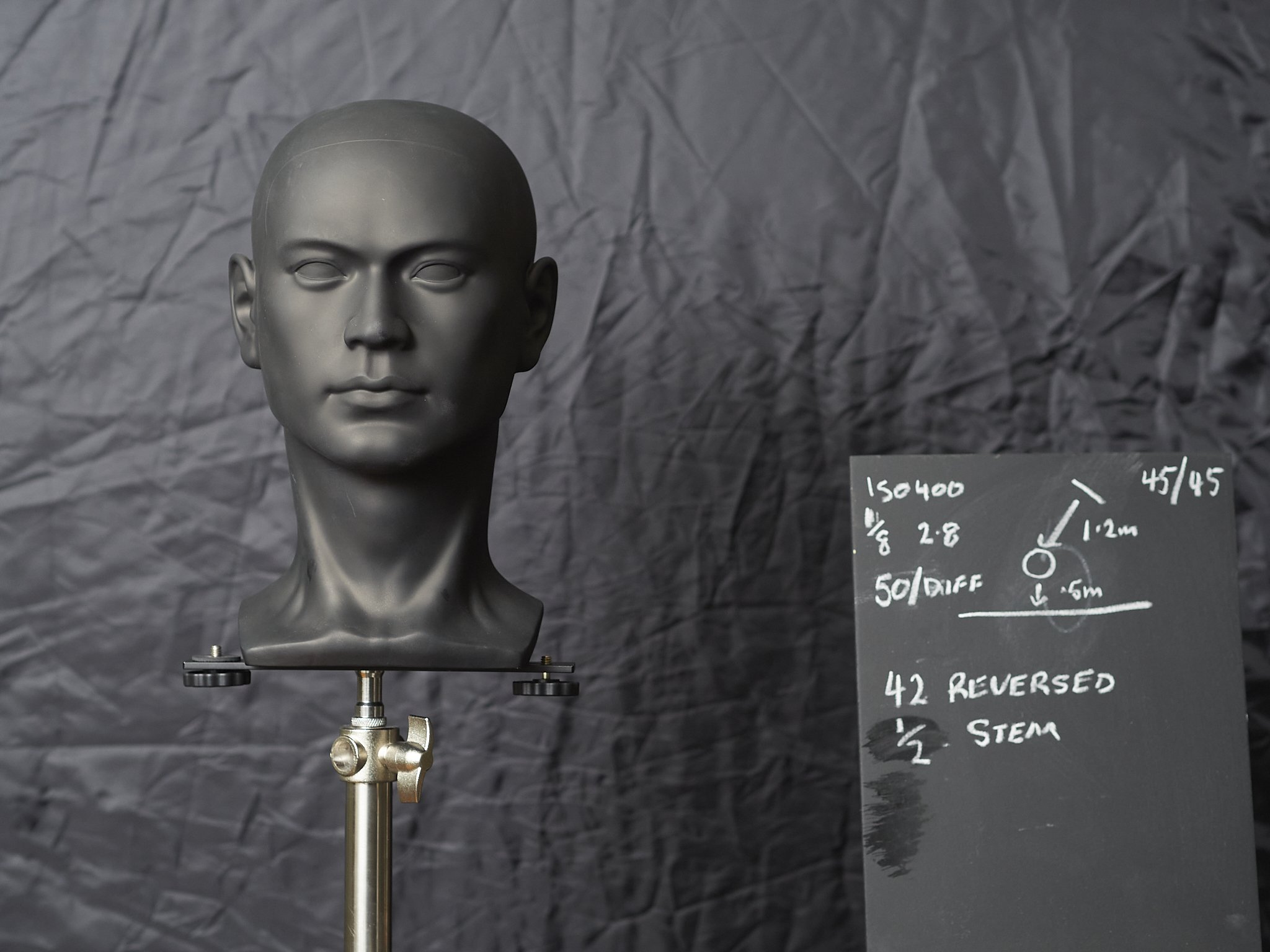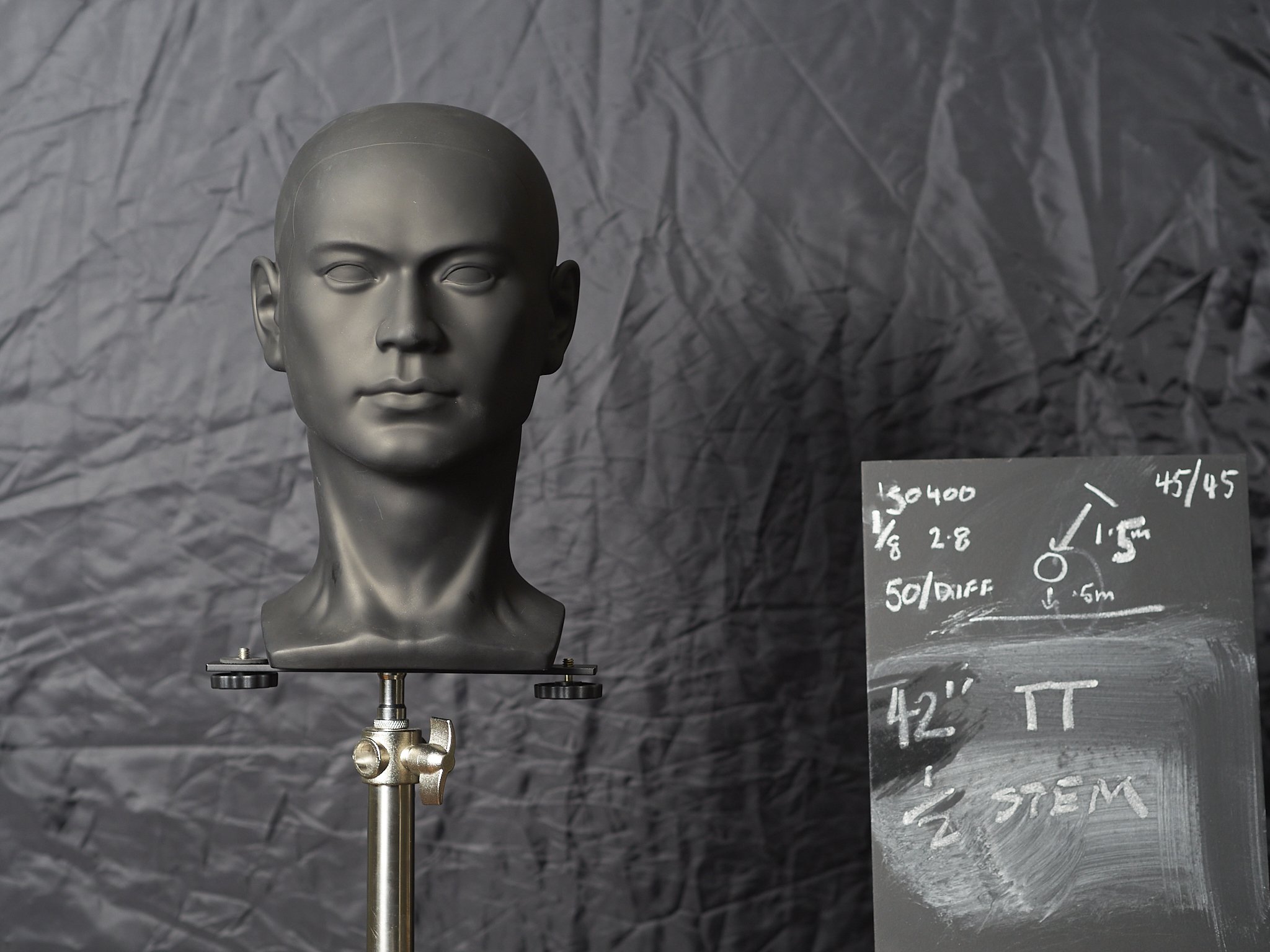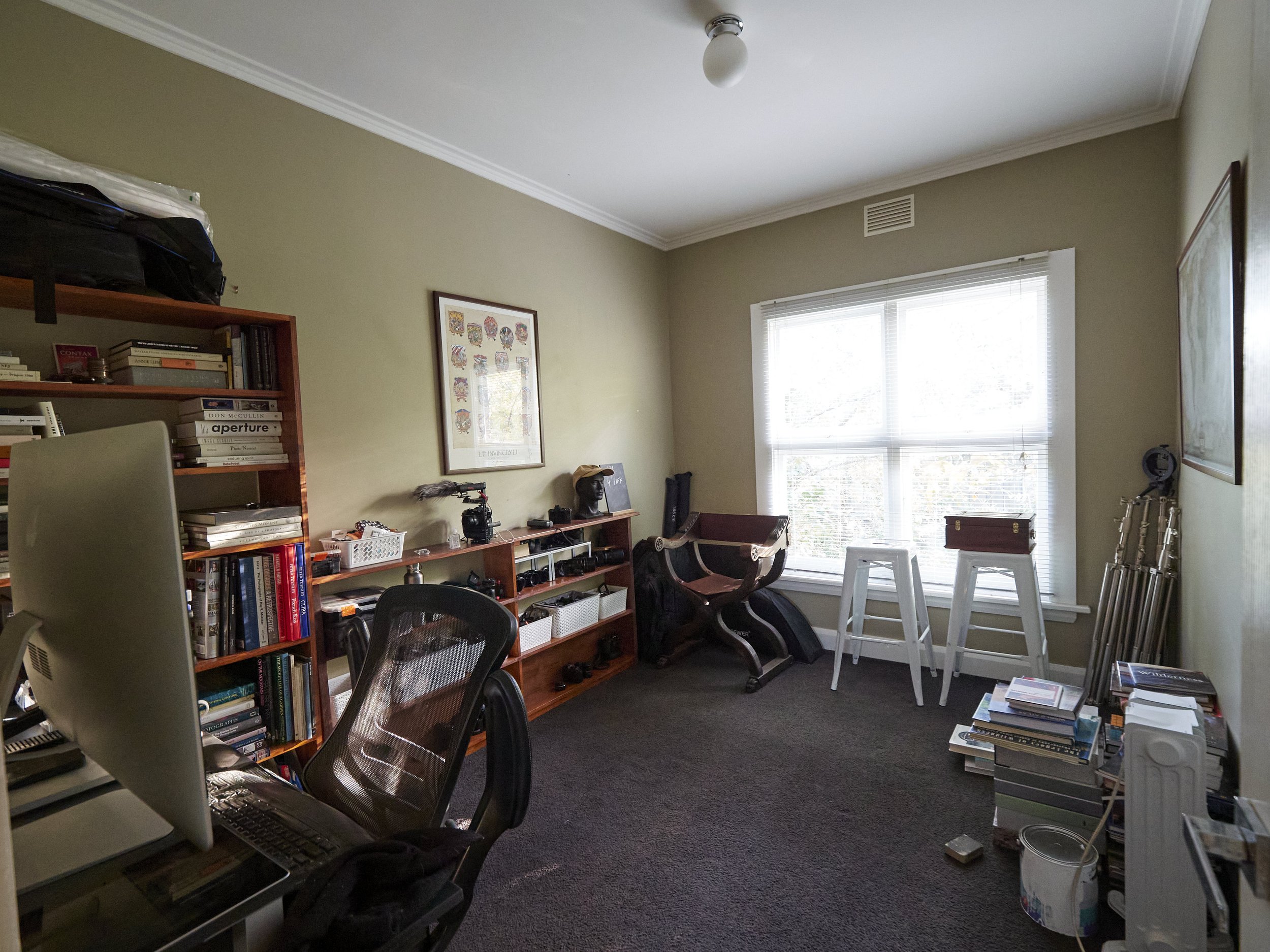So, the bigger question I need to ask myself is, do backdrops really matter for me, or more to the point, can backdrops be “faked” when needed using what is around, some post processing, creative thinking or using “A” to become “B, C, D” etc?
Processing.
Post processing is of course the standard way of creating backdrops of any type after the event. A little Photoshop or similar and away you go. This has a few issues for me, not the least of which is, I do not actually have Ps loaded these days, shunning all things Adobe, but ON1 has a background tool available as well as many others, so no real issue. The other thing is that I think I would like to see the results in camera, rather than in my head.
Removal.
Simply taking the background out of the equasion is also easy. Shallow depth, manipulation of light and shooting angles can all help to remove the background as an element. Black is the prime example. Black makes the subject stand on their own, no distractions, no gimmicks, as there is literally nothing other than the symbolism of black and the subject in the image.
White is similar, but black is king. When I was crash-coursing flash, the bulk of the environmental portraitists I came across use DOF and lighting, but not backgrounds. Those who did use backgrounds, did not always and often applied the same techniques with or without.
All about the person. This could easily enough have a little colour added, maybe even with some shape and be achieved in almost any environment, even outside on a sunny day.
Using soft focus blur or Bokeh, is also a tried and true method, heavily drawn from natural light styles and creates interesting backdrops out of bad ones (when blurred) using compression and fast glass. MFT format is less easily blurred, but there is plenty if you go about it properly.
Standard non-studio portraiture.
Staging.
An alternative to removal is to use the elements you want to tell a story. This is much like setting a stage for cinema. Storytelling portraiture is a style in itself and goes back to my roots, dreaming of being a National Geographic shooter, but may not always be possible.
A combination of using the enviroment balanced with blurring it out.
Basic Manipulations.
Changing colours and tones is easy enough, with several methods available. If I take the cinematography path, then just making the main subject the brightest element in the frame is probably enough. This means all my portrait shoots would be light dependant, not background dependant, which is closer to my standard method, natural light candid shooting.
This has bought me to a revelation, belatedly.
Replacement.
Textured backdrops do one main thing, they allow you to include the backdrop in the image as a strong element of the image, sometimes a near equal partner. The backdrop in effect replaces a connection to environement or a void with its own statement.
Of the above, the only one I cannot do right now to a satisfactory level is the textured backdrop used as a partner in the image, so the question is, do I need it or can a combination of the above, be enough?
This is a style, it is a recognised look, is it me? Annie Liebovitz, Joel Grimes, Glyn Dewis, Rory Lewis and many, many others make their living from backdrop style shots, I don’t, but it does not hurt to know a little more about it.
For me, black is cleaner, easier and more relevant and I do not need to produce large bodies of work in this style. One well practiced and applied look is enough. When black is not relevant, the subjects environmet probably is. So, either a complete removal of outside influences or an equally complete embracing of them, but no replacing with a stylised outsider.
Possibly a plain grey as a base for formal portraits, but then I am half way to the pewter Lastolite anyway.
In my wife’s words, I can dabble in a lot of areas, master a few, but some can be let go. If asked, yes I can do this style, but my way, within my self imposed limits.
Final thought is to fore-go a better backdrop at this point.
My studio is allowing me to explore lighting techniques, but as for better backdrops, I will stick to using what I know and cut out the traditional portraitists path. The reality is, I have never been that guy and likely never will be. If I suddenly need to be up-geared for a student ID shoot or similar, I will simply get the balck/grey Lastolite and apply the skills I have learned.
My money, should I spend any is likely better spent on a modifier to fill any perceived holes in my kit. The only one i can think of is a large white brolly, like the Godox 165cm parabolic white with lining. This calls to me, being a better version of the type I like best.
Door closed, for now.






















































































